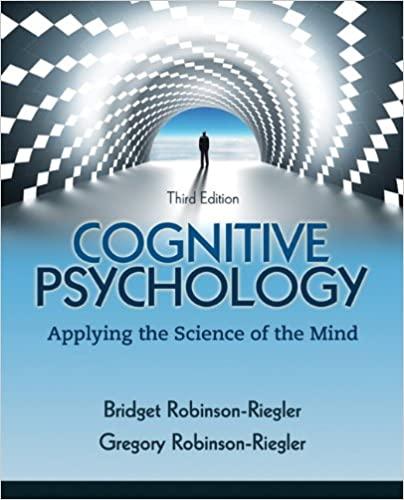Answered step by step
Verified Expert Solution
Question
1 Approved Answer
Question 1 (3 parts) In your own words, what was Carl Rogers': a) Theory of dysfunction - how do people develop problems, symptoms, and


Question 1 (3 parts) In your own words, what was Carl Rogers': a) Theory of dysfunction - how do people develop problems, symptoms, and complaints? b) Theory of health - what does he consider healthy, adaptive, ideal? c) Theory of change - what does Rogers believe must happen for people to get from their "dysfunction" to "healthy?" What does he believe must occur within the therapeutic relationship and within the person? Hint: There may be some overlap or redundancy in how you explain these. You'll find p. 191-196 most helpful. Question 2: How would a Person-Centered approach help you work with clients who are different than you? Provide a specific example from the kind of clients with whom you hope to work. the kind of clients with whom you hope to work. Hint: You may find p. 204-205 helpful. Question 3: What aspects of this theory do you imagine incorporating into your paradigm of counseling? Does this theory fit within or align with your current beliefs about how people change and grow? Why or why not?
Step by Step Solution
There are 3 Steps involved in it
Step: 1

Get Instant Access to Expert-Tailored Solutions
See step-by-step solutions with expert insights and AI powered tools for academic success
Step: 2

Step: 3

Ace Your Homework with AI
Get the answers you need in no time with our AI-driven, step-by-step assistance
Get Started


